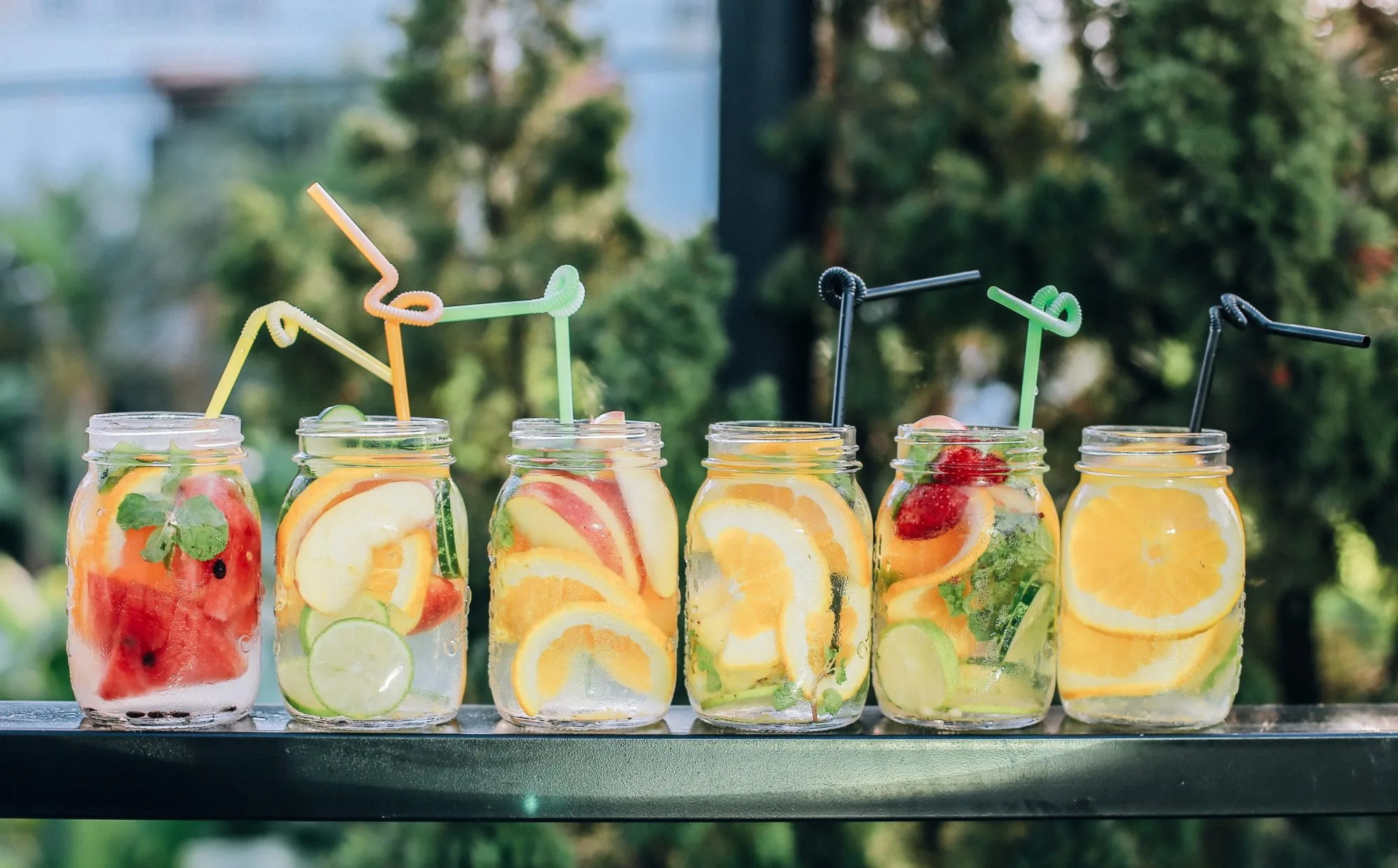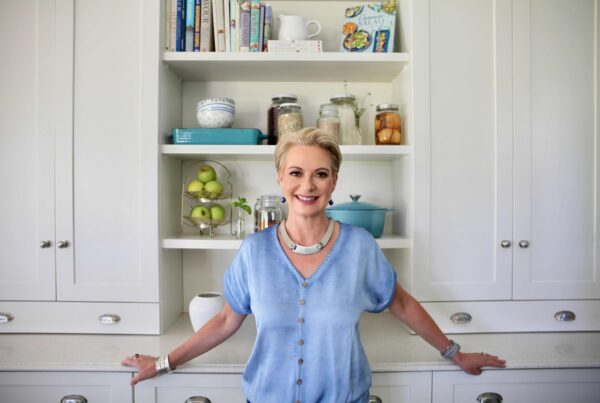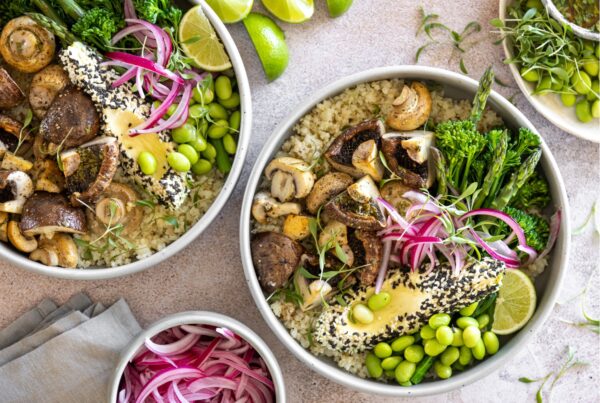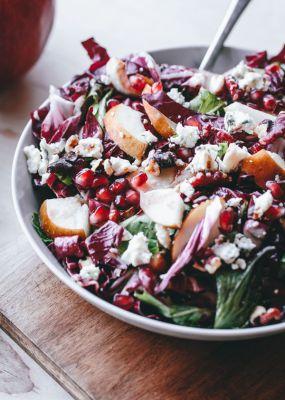The word is hot on the lips of hipsters, yoga fundis and general health enthusiasts alike. Longevity explores the local and international take on trendsetting cleanses to bring you all the latest detox trends – and find out whether or not they work. Each new trend promises the golden “reset button” for youthful looks and sharp minds, but do they all make the cut?
Do we even really need to detox?
The human body is designed to be an efficient self-cleansing unit. Many physicians believe detoxing is a waste of time, but others disagree.
“We live in an environment that has evolved faster than our genes could keep up with,” explains Dr Tamara Rabinowitz, functional medicine practitioner at the Melrose Aesthetic Centre in Johannesburg. “Today we are exposed to toxins in our food, cleaning products, cosmetics, air and water, plus our body naturally produces its own waste products. With the increased toxic load of our environment and lifestyle, our resources are spread thin.”
Don’t let detoxing daunt you; it can be a simple, painless interlude in our busy lives. Here are a few ways to do a self-service detox.
1. Fulvic acid
For some reason of their own, celebrities in the USA have been seen drinking “Black Water”. Now available in South African health shops, Black Water is made from a natural substance called fulvic acid (also in supplement form). This nutrient occurs naturally in organic plants and soil, yet its recent discovery and value is just beginning to be recognized. It has a long list of attributes, including high levels of electrolyte minerals and antioxidants, plus it binds to manmade chemicals and draws them out of the body. The bonus is it has no flavor.
2. Psyllium husks
Drinking a mixture of clay and psyllium husks (plant fibre) is a common do-it-yourself cleanse. For over thousands of years clay has been used for detoxing. Today not all clay available is healthy for consumption. Zeolite, a form of volcanic ash, is also known to bind to heavy metals, petrochemicals and other toxins, and safely chelate them from the body. Its efficacy was illuminated in a study on toxins published in the Journal of Human and Experimental Toxicology, October 2010. Both fulvic acid and zeolite are gentle on the system, and even considered safe during pregnancy and breastfeeding, although it is essential to consult with a healthcare advisor.
3. Ozone saunas
Ozone saunas are effective cleansing devices, now seen in many South African health centers. Ozone has been used for over a century to kill bacteria, prevent oxidative stress and increase immunity (not advised for autoimmune conditions). The small warnings that come with this treatment include keeping the temperature under 32°C, to avoid an inflammatory response, and according to a paper on ozone therapy published in Medical Research Review, March 2009, excessive use can aggravate the lungs. Besides this, ozone has had many rave reviews.
4. Green juice
Wheatgrass shots and green juices are now the norm in health-food establishments. Green juice is made from juicing a mixture of dark leafy greens, some vegetables and lemon (or a little fruit) – the less sweet, the better. Brian Clements, director of the Hippocrates Health Institute in Palm Beach, USA, explains: “These powerful elixirs have the ability to strengthen and heal weak cells, increase your oxygen levels and, importantly, saturate your body with needed nutrients.”
In April 2002 a paper on wheatgrass juice for ulcerative colitis (inflammation and ulcers in colon), published in the Scandinavian Journal of Gastroenterology, found that treatment with wheatgrass juice was associated with significant reductions in the overall disease activity.
Questionable fads
Today, anyone can set themselves up as a cleansing expert; discernment is key. Rabinowitz explains: “Limiting your exposure to toxins and adopting a healthy lifestyle is always a good idea, but when it comes to making changes to your biochemistry, always seek professional advice.”
Partaking of your espresso via a coffee enema could result in more harm than good; The Korean Journal of Gastroenterology has published multiple papers showing that even a once-off coffee colonic has been known to cause colitis and proctocolitis (in ammation and tearing of the intestinal lining). The journal reports: “A coffee enema has no proven benefit and carries considerable risk of provoking unwanted complications.”
Many swear by the famous liver/gallbladder flush to eliminate gallstones. It usually comprises olive oil, citrus juice and Epsom salts. Even though it was used by American cancer expert Dr Max Gerson back in the 1940s, science has now shown it does not eliminate gallstones and can, in fact, strain the liver. US-based Dr Michel Pido from the Mayo Clinic said: “Gallbladder cleansing is not without risk. Upon analysis, the eliminated ‘gallstones’ were revealed to be solidified olive oil.”
Professional cleansing 
If a good dose of plant fibre isn’t getting things moving down below, it may be time for a colon cleanse. Kate Fowles, a British-trained naturopath, offers colonic hydrotherapy in her Newlands day spa. Fowles recommends the treatment “when one is constipated or doing some form of a fast, or if you have recently cut out grains, like in the Banting diet”.
Fowles always suggests the use of probiotics and prebiotics, especially introducing cultured foods into the diet to prevent further gut problems. She explains that frequent colonics can create an unhealthy electrolyte imbalance. Two popular colon cleanses recommended by Daniel are the Blessed Herbs cleanse and the Ejuva cleanse. “The colon is definitely the first place to start,” he says. “If it is blocked, then every other cleansing attempt is a waste of time.” Daniel stresses that one should consult a healthcare professional before doing either of these cleanses.
Let’s talk liver for a moment.
The liver is a complex organ in charge of over 500 different functions, including processing chemicals and hormones. There are many reasons why the liver pathways could be clogged.
Rabinowitz, who is strongly against shop- bought liver cleanses, explains: “Medicine is now able to identify genetic problems in various breakdown pathways in the liver. Now that we can identify each person’s detox ‘skill set’, we can assist the different pathways, thus optimizing the body’s natural detoxification functions.” Click here to find out how you can give your liver a 9-day detox.
There are many levels of professional cleansing, but in the end it’s all about finding the balance in everyday life.
Maintenance & getting back to basics
The most important detox tools, according to Rabinowitz, are actually about lifestyle. “Limit exposure to chemicals, try to eat organic foods, and limit alcohol, sugars, additives and colorants.”
- “Detoxing” your cupboards is a powerful way to cleanse your body.
- Movement is also key; the lungs and skin are major detox organs, so a bit of sweat and deep breathing on a daily basis do wonders for getting the gunk out.
- The solution to pollution is dilution; good-quality water will wash out that waste and hydrate your cells.
Cleansing can certainly be a wonderful experience of renewal. Sometimes simplifying our world and our body for a moment allows the old story to “leave the building”. At other times, we need to get a little intimate with our organs. Either way, the different faces of detoxification are worth the renewed vigor they are capable of unlocking.
Click here to find out how sleep helps “detox” your brain at night.





![women [longevity live]](https://longevitylive.com/wp-content/uploads/2020/01/photo-of-women-walking-down-the-street-1116984-100x100.jpg)









